Operating the Audio Mixer, A Beginning Sound Engineer Course
Learn to Mix Live Sound
4.41 (305 reviews)
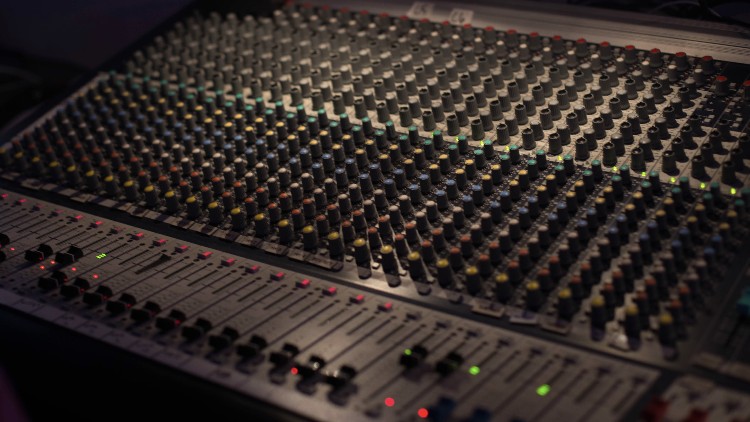
1,040
students
34 mins
content
Jun 2018
last update
$34.99
regular price
What you will learn
You will be able to operate a small to medium-sized mixing board.
Screenshots
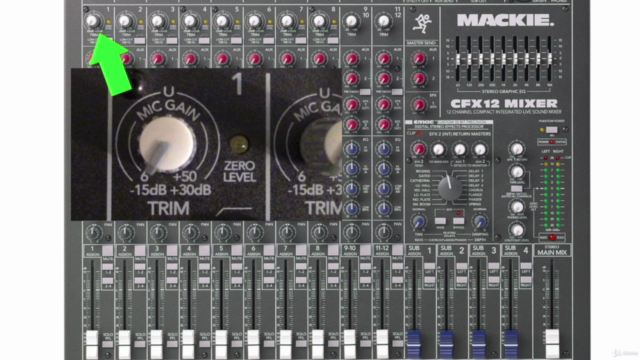
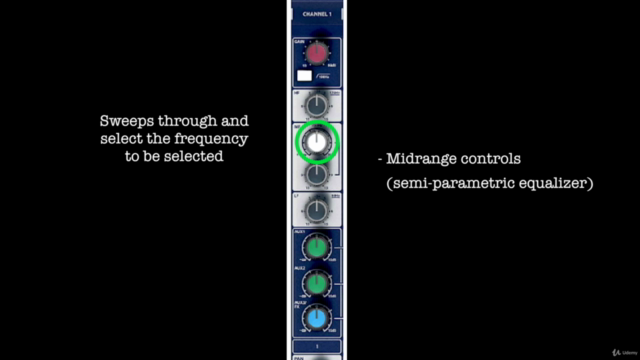
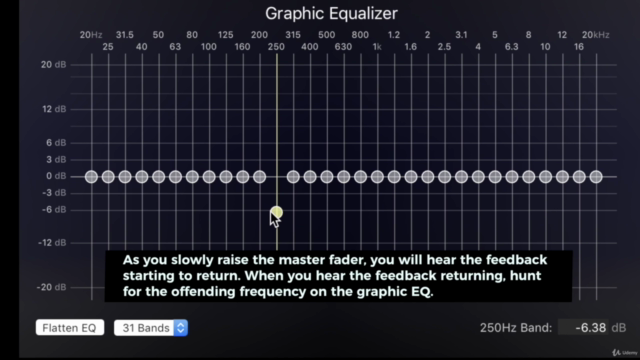
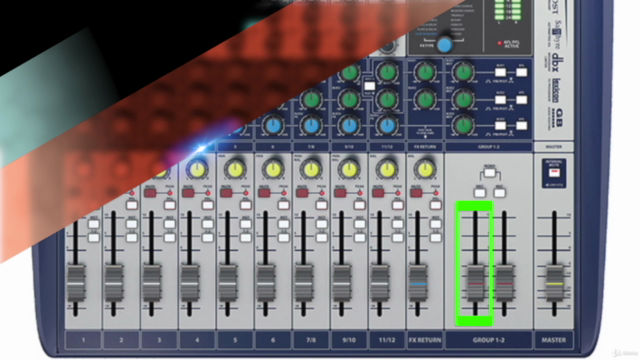
Related Topics
1657086
udemy ID
4/21/2018
course created date
9/15/2020
course indexed date
Bot
course submited by